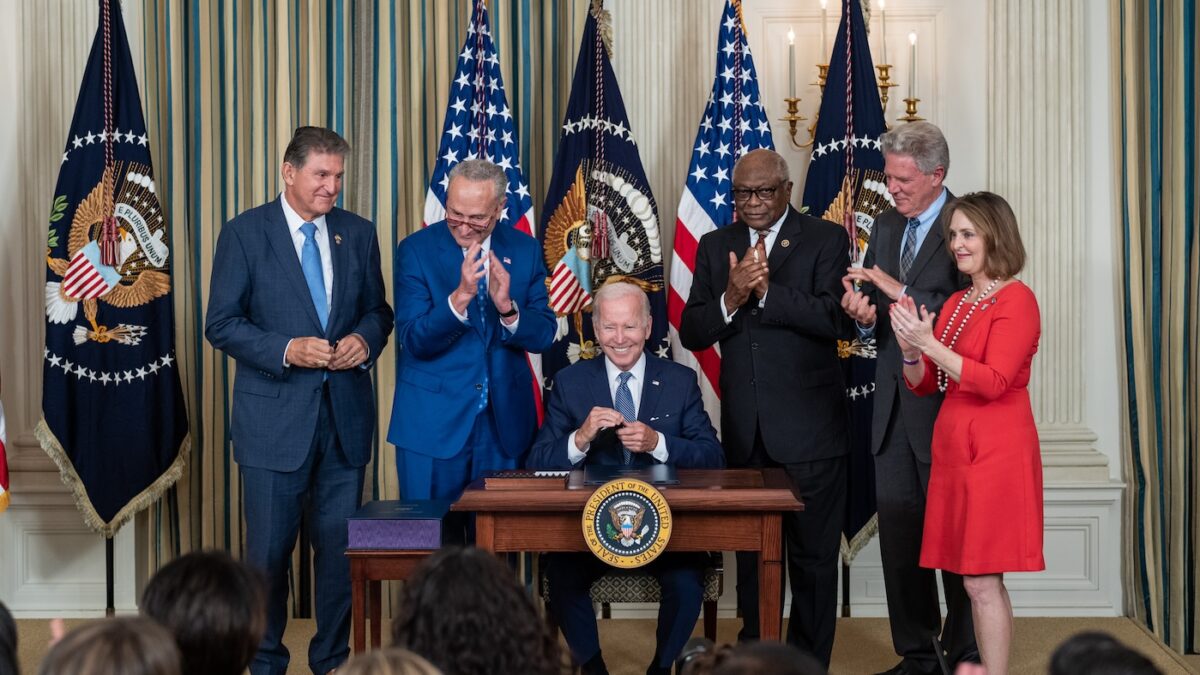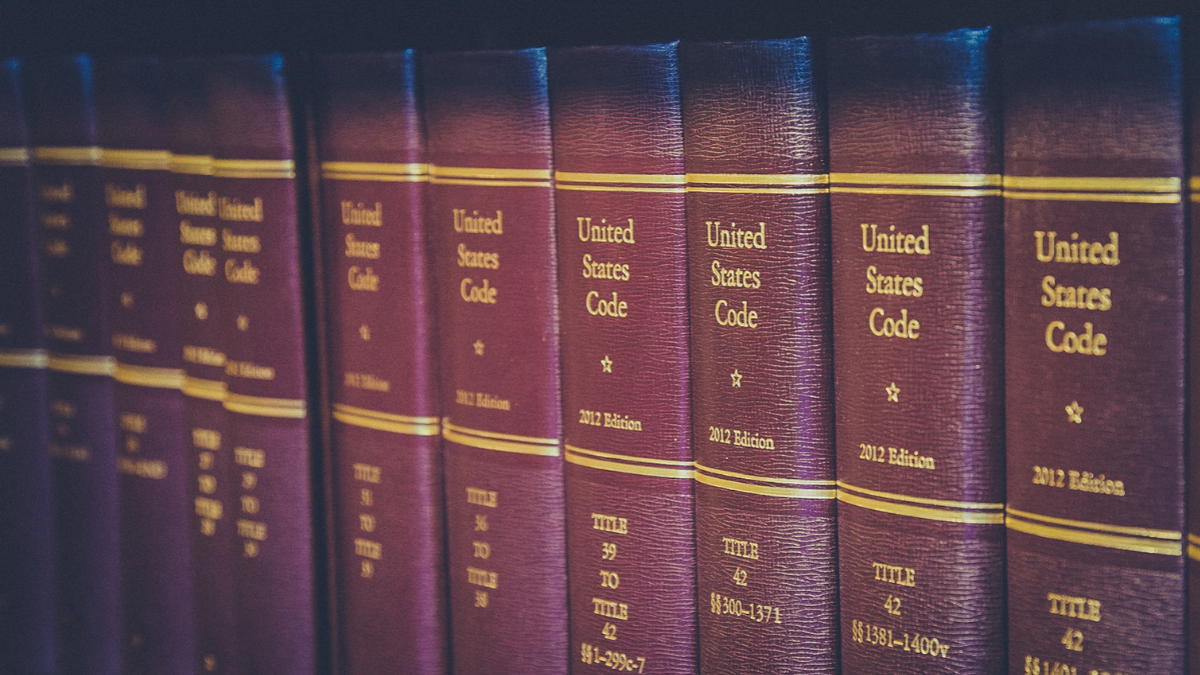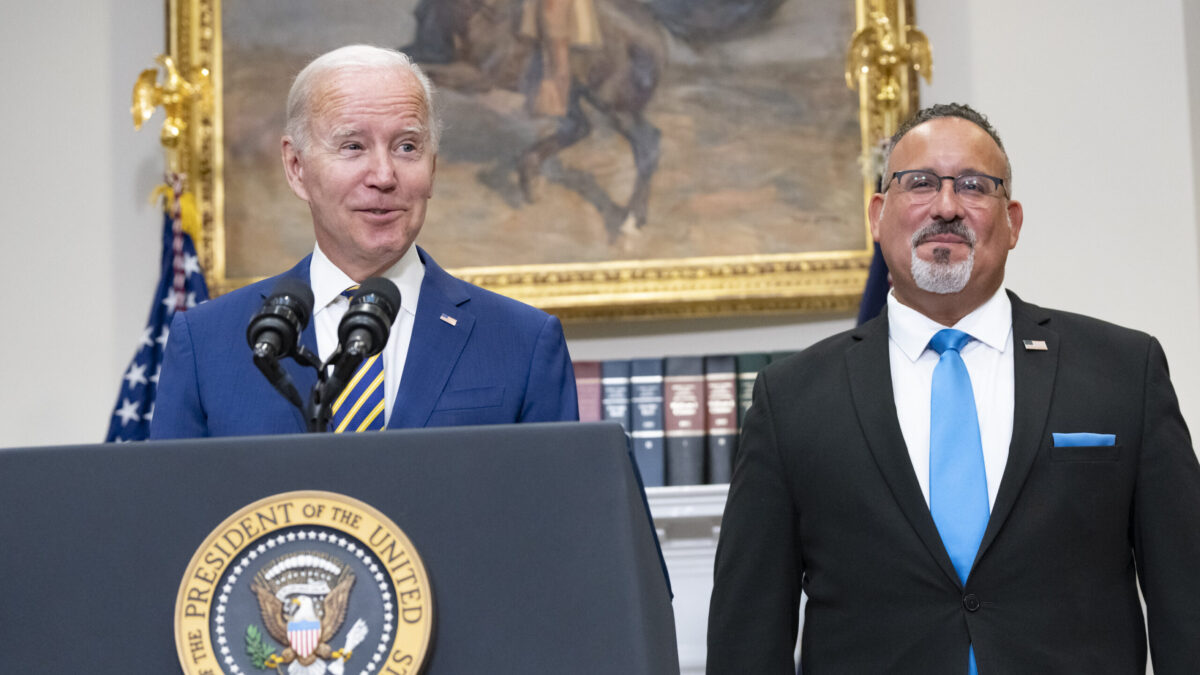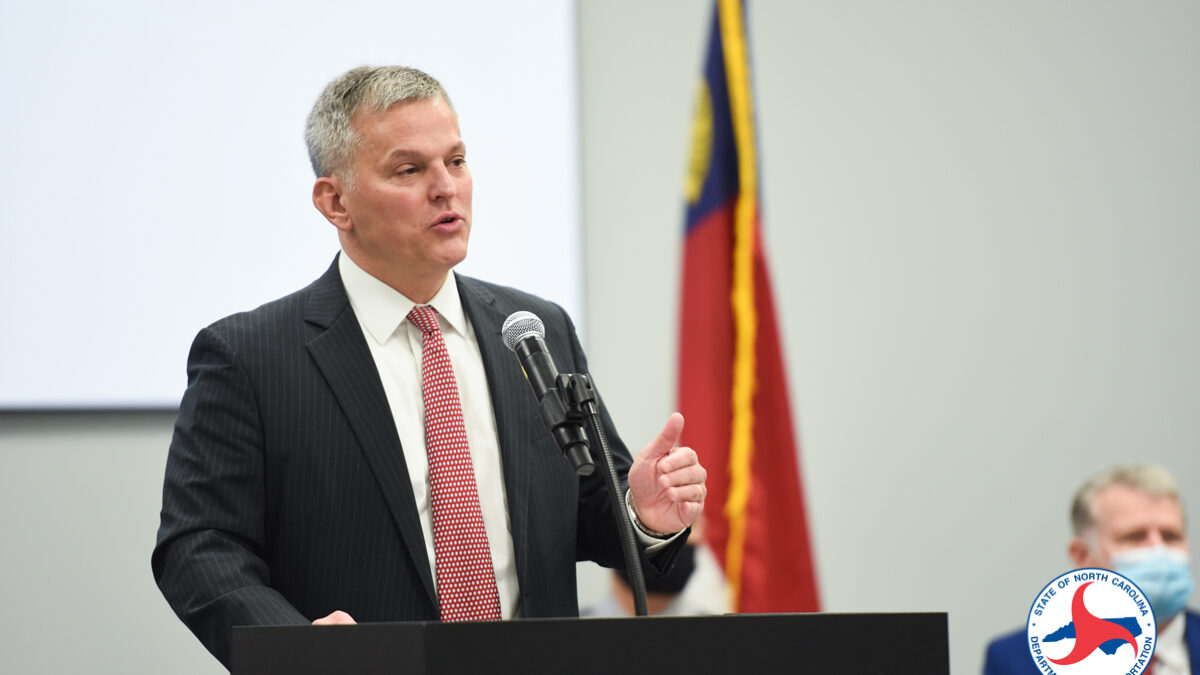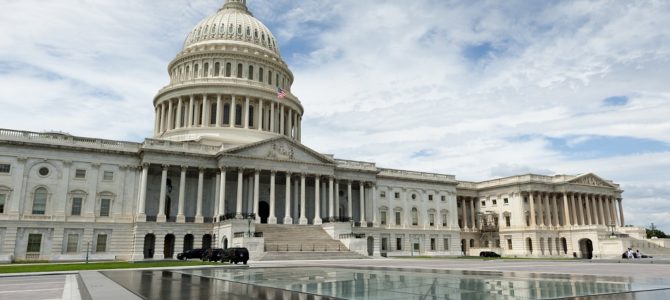
What do increased funds for NPR, the John F. Kennedy Center, or refugee assistance have to do with aiding Americans harmed by the coronavirus pandemic? Congress didn’t bother to explain, but snuck in funding for these initiatives—plus plenty other seemingly random items—in the $2 trillion coronavirus spending bill anyways. President Trump signed the “historic” legislation on Friday.
Politicians on both sides of the aisle used the largest spending bill in U.S. history to force through a wide variety of earmarks and partisan boondoggles on the backs of future taxpayers who will pay for the new debt over generations, all in the name of addressing a crisis. Here are some of the most eyebrow-raising items snuck into the 880-page bill—all being paid for by trillions in new borrowing.
$300 million to the Social Security Administration: None of this funding will go directly to seniors. Instead, it will go to “administrative expenses” and bureaucratic overhead. The bill provides few specifics as to how the money must be spent. Simply increasing funding for the agency doesn’t guarantee it will be used for coronavirus-related activities.
$50 million to the Institute for Museum and Library Services: Used to “expand digital network access, purchase internet accessible devices, and provide technical support services.” While we might want to make such cultural resources more available, this spending item has little to do with coronavirus relief. Additionally, the Institute already has a $250 million budget—why weren’t these upgrades already implemented?
$5 million to the Railroad Retirement Board: Spent to improve the mobility of the railroad workforce and administer railroad worker benefits. This appropriation flies in the face of its $25.4 billion trust fund.
$75 million to the Corporation for Public Broadcasting: “Sesame Street” and left-wing talk shows will be kept afloat by your tax dollars. PBS and NPR will spend these millions on “grants to maintain programming services to preserve small and rural public telecommunication stations.”
$350 million for ‘Refugee Assistance’: While at least one in five Americans have either lost their jobs or seen their hours get reduced, Congress slipped an extra $350 million into the stimulus bill for refugee assistance and resettlement, which already has appropriated funds. So much for “America First.”
$25 million for the John F. Kennedy Performing Arts Center: The DC-based theater will receive the funds for “deep cleaning” its facility and for “employee compensation and benefits, grants, contracts, payments for rent or utilities, fees for artists or performers, information technology, and other administrative expenses.” Hours after word of the cash infusion, the center laid off members of the National Symphony Orchestra.
$13 million for Howard University: Howard, a private and federally chartered historically African American university in Washington, DC, will receive tens of millions for “student aid administration.” But American University, Georgetown University, and George Washington University—all of which are also federally chartered—received no funds through the stimulus. Funding for Howard may be a noble initiative, but has little to do with pandemic relief and should be passed separately based on individual merit.
$1 billion for Amtrak: The failing rail service has lost money every year since 1970; in 2017 alone, it lost $194 million. When accounting for Amtrak’s high fares and taxpayer subsidies, it costs on average four times as much to move someone by mile by Amtrak as it does by airline. If the federal government didn’t constantly throw tax dollars at the service, it would have shut down long ago.
$75 million for the National Endowment for the Humanities, plus $75 million for the National Endowment for the Arts: The price tag also comes with some baggage. After all, the NEA wasted millions in the past, including nearly $100,000 for a production of Shakespeare without using any words and $50,000 for a play about people becoming transgender.
$15 million for Drug Enforcement: This money goes to the Drug Enforcement Administration on an “emergency” basis. Considering the priorities of law enforcement at the moment, perhaps we as a nation could do better than funding the “civil asset forfeiture” machine.
All of this only scratches the surface of the money that will be flowing out of the Treasury. Included in the bill are kernels for travel agents, casinos, dredging harbors, and even sunscreen!
A few of these spending items may indeed be worthwhile. However, they do not belong in hastily passed legislation portraying itself as essential disaster relief. Politicians on both sides of the aisle saw the stimulus as an opportunity to discretely insert pet projects without political blowback. After all, at 880 pages, it’s the same as if no one was looking. To oppose the bill over one item would be political suicide.
One lone congressman did take such a stand, and the criticism of him was swift. When Rep. Thomas Massie sought to have a member-by-member vote in the House on the bill, President Trump tweeted, “Throw Massie out of the Republican Party!” John Kerry called him an “-ssh-le.”
In addition to putting a spotlight on the bill’s waste, Massie was also able to do what was previously thought to be impossible—he found an area of agreement between Trump and his leftist foes, all of whom wanted the massive spending bill to pass quickly, with no questions asked.
For any good that the bill does, it will likely come at a steep long-term cost. Before Friday’s signature, the nation was already $23 trillion in debt. By racking up massive deficits under Democrats and Republicans during both good and bad economic times, we are already well behind on this generational challenge.
Parts of the coronabailout were necessary due to the extraordinary circumstances. However, the fine print of the bill gives us a vital insight on how Washington truly operates. There is now a crucial precedent for future emergency funding, and every COVID-related need will likely be rubber stamped.
As the nation debates whether a national lockdown is more dangerous than the virus itself, soon we may be debating whether the bailout is a case of the cure being worse than the disease.



